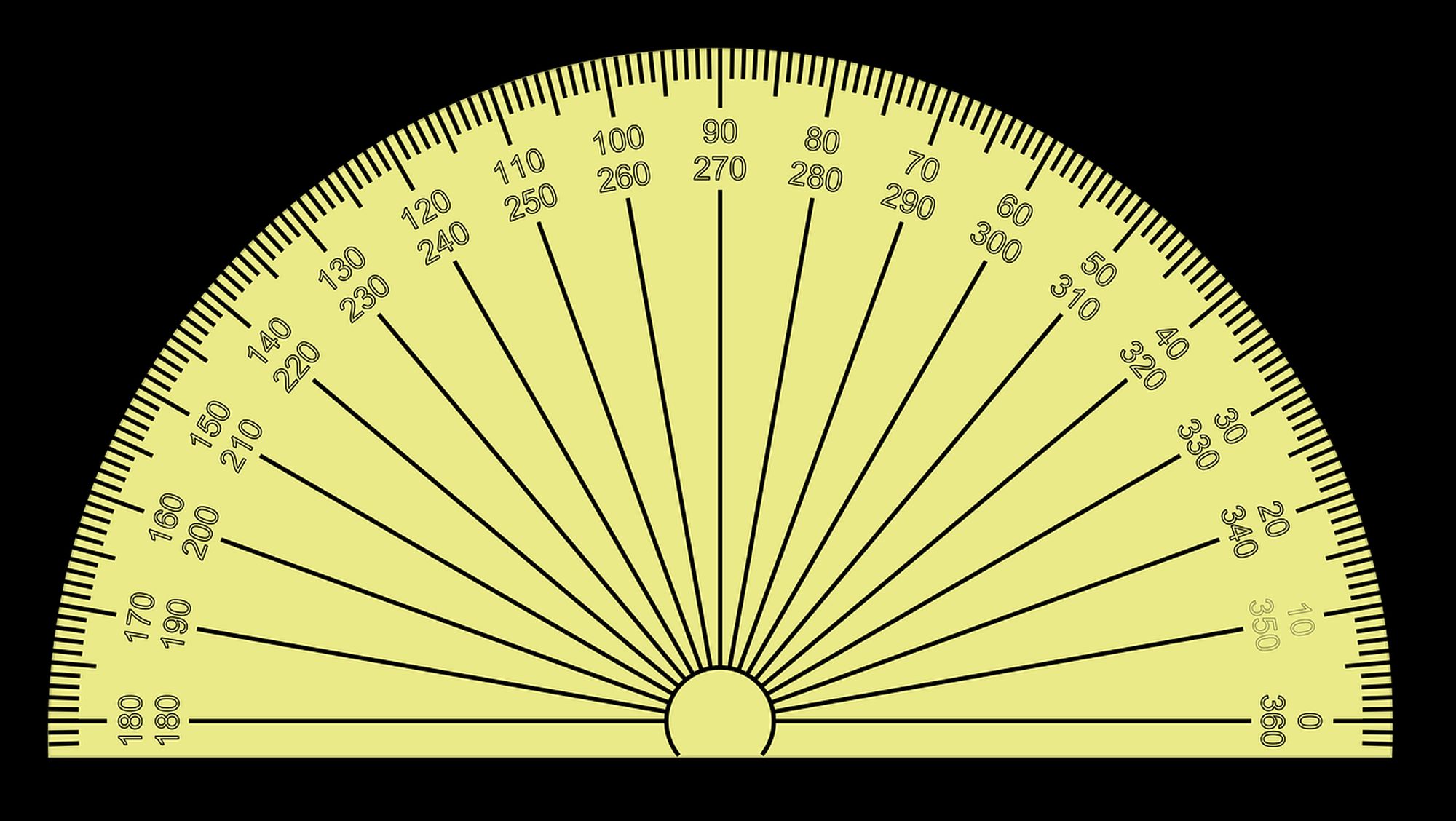
Ever wondered how measurements shape our world? From the height of mountains to the speed of light, measurements are everywhere. They help us understand, compare, and navigate our surroundings. Imagine baking a cake without knowing how much flour to use or building a bridge without precise dimensions. Measurements bring order to chaos, making life easier and more predictable. But there's more to measurements than just numbers and units. They have fascinating histories, quirky facts, and surprising applications. Ready to dive into the world of measurements? Let's uncover 33 intriguing facts that will change how you see the world around you.
What is Measurement?
Measurement is a way to understand the world by using numbers. It helps compare, quantify, and describe objects or events. Here are some fascinating facts about measurement.
- The metric system, used worldwide, is based on the number 10. It includes units like meters, liters, and grams.
- The United States primarily uses the imperial system, which includes units like inches, feet, and pounds.
- Ancient Egyptians used body parts for measurement. A cubit was the length from the elbow to the tip of the middle finger.
- The meter was originally defined in 1793 as one ten-millionth of the distance from the equator to the North Pole.
- Time is measured in seconds, minutes, and hours. One second is defined as 9,192,631,770 vibrations of a cesium atom.
Historical Measurement Systems
Throughout history, different cultures developed unique measurement systems. These systems often reflected their daily needs and environments.
- The Roman mile was 1,000 paces, roughly 1,480 meters.
- The Chinese used the "li," which was about 500 meters.
- In medieval Europe, land was measured in "hides," the amount of land that could support a household.
- The "stone" is still used in the UK to measure body weight. One stone equals 14 pounds.
- The "carat," used to measure gemstones, originated from the carob seed.
Modern Measurement Tools
Modern tools have revolutionized how we measure everything from time to temperature.
- Thermometers measure temperature. The Celsius scale is used worldwide, while the Fahrenheit scale is common in the US.
- Rulers and tape measures are essential for measuring length.
- Scales measure weight. Digital scales provide more precise readings than analog ones.
- Speedometers in cars measure speed in miles per hour or kilometers per hour.
- GPS devices measure distance and location using satellites.
Measurement in Science
Scientific measurements are crucial for experiments and discoveries. Precision and accuracy are vital.
- The kilogram is the base unit of mass in the metric system. It was redefined in 2019 based on physical constants.
- Light-years measure astronomical distances. One light-year equals about 9.46 trillion kilometers.
- The pH scale measures acidity or alkalinity. It ranges from 0 (very acidic) to 14 (very alkaline).
- Decibels measure sound intensity. Normal conversation is about 60 decibels.
- The Richter scale measures earthquake magnitude. Each whole number increase represents a tenfold increase in measured amplitude.
Fun Facts About Measurement
Measurement can be quirky and fun. Here are some interesting tidbits.
- A "jiffy" is an actual unit of time. In physics, it represents the time light takes to travel one centimeter in a vacuum.
- The "smoot" is a non-standard unit of length. It was created as a joke by MIT students and equals 1.7 meters.
- The "hand" is still used to measure horse height. One hand equals 4 inches.
- The "barn" is a unit of area used in nuclear physics. It equals 10^-28 square meters.
- The "micron" is another name for a micrometer, one-millionth of a meter.
Measurement in Everyday Life
We use measurement daily, often without realizing it. It helps us cook, build, and even play sports.
- Recipes use measurements like cups, teaspoons, and tablespoons.
- Builders use measurements to ensure structures are safe and accurate.
- Athletes use measurements to track performance. Runners measure distance in kilometers or miles.
- Clothing sizes are measurements of body dimensions.
- Weather forecasts use measurements like temperature, humidity, and wind speed.
Measurement in Technology
Technology relies heavily on precise measurements. Innovations in measurement technology have driven progress in many fields.
- Computers measure data in bytes. One byte equals 8 bits.
- Cameras measure resolution in megapixels. Higher megapixels mean more detailed images.
- Engineers use measurements to design everything from bridges to smartphones.
Measurement is everywhere, shaping our understanding of the world and driving progress in countless fields.
Final Thoughts on Measurement
Measurement shapes our world in countless ways. From ancient civilizations using body parts to modern technology employing lasers, the evolution of measurement is fascinating. Understanding measurement helps us appreciate the precision in everything around us, from the food we eat to the technology we use daily. It’s not just about numbers; it’s about the accuracy and consistency that make our lives easier and more predictable. Whether it’s the height of a building, the speed of a car, or the temperature outside, measurement provides a common language that bridges gaps and fosters understanding. So next time you check the time or weigh ingredients for a recipe, remember the rich history and importance behind those simple actions. Measurement is more than a tool; it’s a cornerstone of human progress and innovation.
Was this page helpful?
Our commitment to delivering trustworthy and engaging content is at the heart of what we do. Each fact on our site is contributed by real users like you, bringing a wealth of diverse insights and information. To ensure the highest standards of accuracy and reliability, our dedicated editors meticulously review each submission. This process guarantees that the facts we share are not only fascinating but also credible. Trust in our commitment to quality and authenticity as you explore and learn with us.
